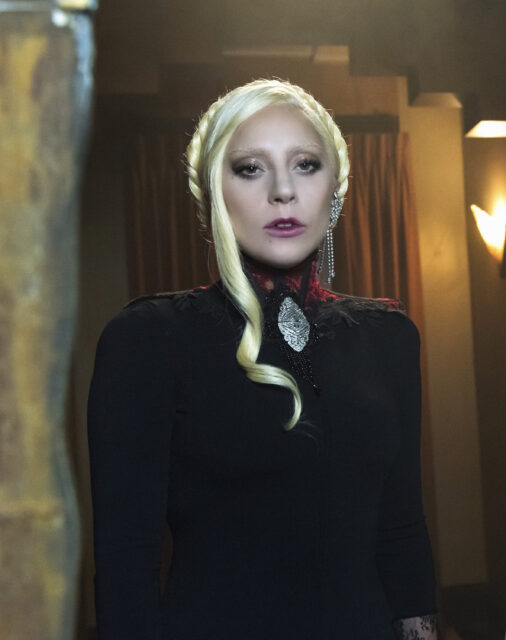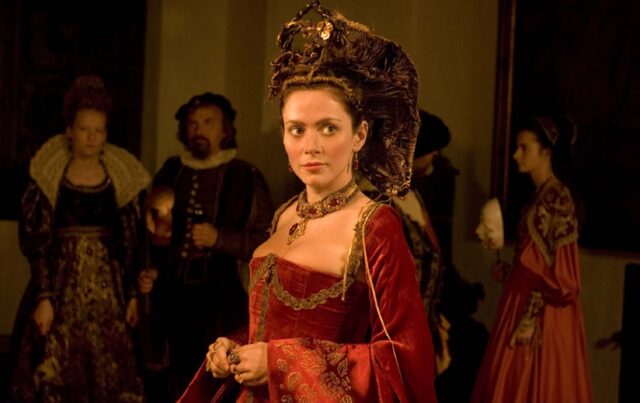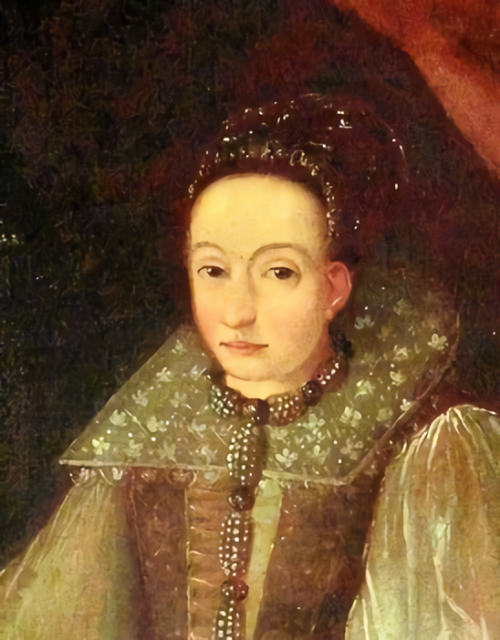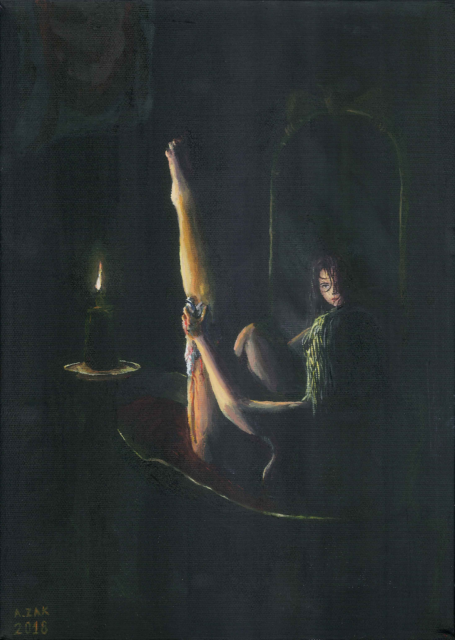The atrocious crimes of Elizabeth Báthory, known in history as “The Blood Countess,” have been told for centuries. Believed by some to have bathed in the blood of her victims, she inspired the lead character, “The Countess,” played by Lady Gaga, from season five of American Horror Story. Her story is so shocking there was even a film, Bathory, dedicated to illustrating her infamy. Scholars have debated the validity of the claims about the real Báthory, but if the stories are true, she is the most prolific female serial killer in history.
Elizabeth Báthory was born into wealth
Elizabeth Báthory was born into a noble family on August 7, 1560, in Nyírbátor, Hungary. Her uncle, Stephen Báthory, held the titles of the King of Poland, the Grand Duke of Lithuania, and Prince of Transylvania. The wealth she was born into granted her a privileged education, making her one of the most educated women in the area.

Her parents, Baron George VI Báthory and Baronness Anna Báthory, were related. Her father was part of the Ecsed branch and her mother was of the Somlyó branch of the same Báthory family. As a child, Elizabeth suffered from multiple seizures, leading modern scholars to believe she may have had epilepsy that could have been the result of familial inbreeding.
In 1573, at the age of 13, Báthory became engaged to Count Ferenc Nádasdy as a result of political arrangements determined by members of the aristocracy. Two years later, the two were married. Nádasdy gave his new wife his home, Csejte Castle, as a wedding gift. Báthory outranked her husband in nobility, but once they were wed, their individual wealth was combined. This resulted in them owning lots of land in Transylvania and the Kingdom of Hungary. She received not just the castle, but a country home and several neighboring villages in the area as well.
Things got worse after the death of her husband
Later in life, Nádasdy was appointed as the chief commander of the Hungarian Army and left his wife and children to lead the troops in a military campaign against the Ottoman Empire. While he was away, Báthory was responsible for overseeing their shared business endeavors and estates. She also took responsibility for the local Hungarian and Slovak people, providing them with medical care during the Long War that waged between 1593 and 1606.

All was well until 1604, when Nádasdy died at the age of 48 from an unknown illness that had been plaguing him for years. Before he died, Nádasdy entrusted Báthory and the five children they shared to György Thurzó, a powerful magnate in Hungary.
Even before this, near the end of her husband’s life, rumors had been spreading among the populace that Báthory was torturing and killing hundreds of young girls and women who visited her castle home after being lured by the promise of servant work or etiquette training. Rumors of her actions spread all across the country.
Thurzó later led an investigation looking into the accusations of Báthory on the order of King Matthias II.
She was rumored to have committed horrendous atrocities
Báthory and four servants were said to have tortured and killed up to 650 young girls and women. There were stories of family members dying at the castle and others reported signs of torture on the dead bodies of their loved ones. Her crimes were said to have taken place between 1590 and 1610, with the most disturbing atrocities occurring following her husband’s death.

Allegedly, she used multiple methods of torture against her victims before ultimately killing them. It is believed she would shove needles and pins under the fingernails of these young girls and women. She also tied them down, smothered them in honey, and left them outside so that they were devoured by critters. She would even beat her victims until they were unrecognizable and brand them with hot irons.
During Thurzó’s investigation of Báthory, he employed two notaries to collect evidence on the accusations presented. It wasn’t long before they had collected over 300 witness testimonies claiming to verify the atrocities committed by Báthory.
Báthory served a much easier sentence than her supposed accomplices
It wasn’t until 1612 that officials agreed to the guilt of Báthory. She was subsequently arrested. Her punishment was a lot less intense than one would imagine for the crimes she was found guilty of, likely because of her nobility. Initially, Thurzó intended to have her committed to a nunnery, but given the circumstances of her supposed actions and the number of claims that had spread throughout the region, he decided against it. Instead, she was placed under strict house arrest at Csejte Castle, a sentence she carried out until her death in 1614.

Báthory was officially arrested on New Year’s Eve in 1612. Some sources, including Thurzó’s own account, suggested that their unexpected visit had caught Báthory in the act of torturing another victim, but this was determined to be untrue. When officials arrived for her arrest, she was attending dinner. However, Thurzó’s letter to his wife describing the visit claims that he discovered the body of a victim, as well as another living “prey” girl. Báthory was ultimately charged with the deaths of 80 women and girls.
The four servants were arrested as her accomplices in these heinous crimes were not given such lenient punishment. To start, they were tortured until they confessed their involvement, which is a highly unreliable method of determining the truth. Then, they each received different painful death sentences, such as beheading or having their fingers pulled off and being burned at the stake.
Scholars wonder if she really was responsible for the crimes she was accused of
For a long time, historians accepted the written accounts of Báthory’s crimes and punishment. However, more recently, scholars have questioned the validity of these claims. To start, many wonder if the proceedings against her were the result of political motivations following her husband’s death, as she became a very wealthy and powerful woman as a result. Additionally, King Matthias II owed her husband a sizeable debt, which she inherited upon his death but Matthias had no intention of paying back.
Suspiciously, following her arrest, the debt was canceled. It was also later determined that Thurzó also stood to gain politically, likely explaining his involvement in the investigation.

The first written account of Báthory’s crimes was printed in 1729. It describes the legendary tale that she bathed in the blood of her victims to maintain her youthful appearance, dubbing her “The Blood Countess.” However, there has been no evidence to suggest she ever did such a thing. The fable has stuck with her though, centuries after her death.
More from us: Delphine LaLaurie Tortured and Killed Enslaved People in Her New Orleans Mansion
It is still unclear whether she did or did not commit the crimes she was accused of. However, that didn’t stop the Guinness World Records from naming her the most prolific female murderer in history. It seems that until hard evidence is discovered to clear her of this reputation, she will forever be remembered as a monster.
Share your thoughts in the comments section below!
